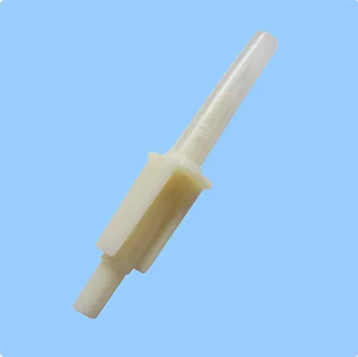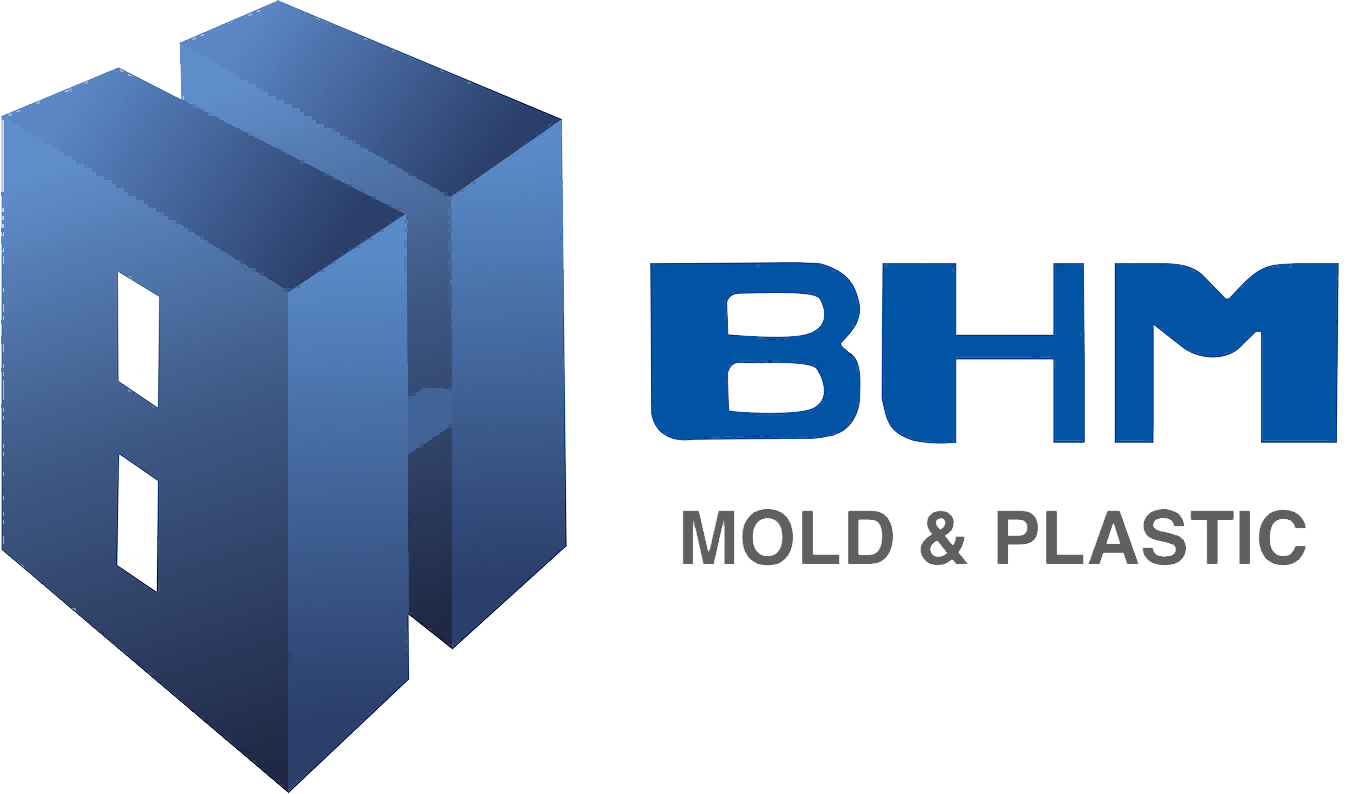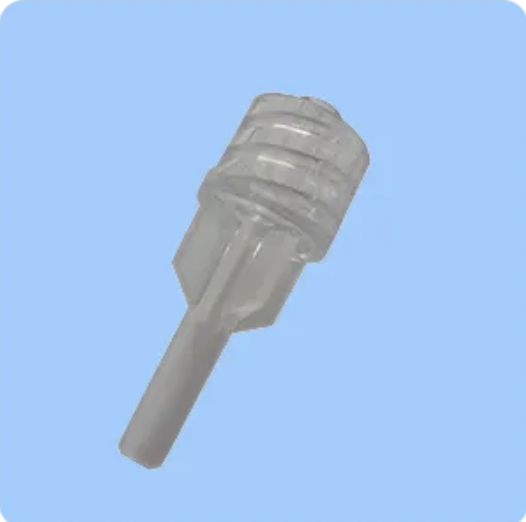Tối ưu Hóa Xuất Sắc Trong Sản Xuất Thông Qua Các Giải Pháp Thiết Bị Gốc
Trong bối cảnh sản xuất cạnh tranh ngày nay, OEM tooling ngày càng trở nên quan trọng đối với các doanh nghiệp đang tìm cách tối ưu hóa quy trình sản xuất và duy trì lợi thế cạnh tranh. Dụng cụ của Nhà sản xuất Thiết bị Gốc (OEM) đại diện cho nền tảng cốt lõi của sản xuất chính xác, mang lại chất lượng và độ nhất quán vượt trội trong kết quả sản xuất. Khi các ngành công nghiệp phát triển và nhu cầu về sản phẩm chất lượng cao ngày càng tăng, việc áp dụng chiến lược dụng cụ OEM tiếp tục định hình tương lai của sự xuất sắc trong sản xuất.
Việc tích hợp dụng cụ OEM vào các quy trình sản xuất đã cách mạng hóa cách các công ty tiếp cận hiệu quả sản xuất, kiểm soát chất lượng và hiệu quả hoạt động tổng thể. Bằng cách sử dụng các công cụ và thiết bị được thiết kế riêng bởi nhà sản xuất thiết bị gốc, các doanh nghiệp có thể đạt được kết quả vượt trội đồng thời giảm thiểu sự chậm trễ trong sản xuất và hạn chế các lỗi tốn kém.
Lợi thế về Hiệu suất và Chất lượng của Giải pháp OEM
Độ chính xác và độ tin cậy được cải thiện
Dụng cụ OEM mang lại độ chính xác vượt trội trong các hoạt động sản xuất, đảm bảo chất lượng nhất quán xuyên suốt các đợt sản xuất. Những dụng cụ này được thiết kế theo đúng thông số kỹ thuật, duy trì dung sai chặt chẽ và giảm sự biến đổi ở sản phẩm hoàn thiện. Chất lượng gia công vượt trội của dụng cụ OEM trực tiếp chuyển thành chất lượng sản phẩm được cải thiện và tỷ lệ loại bỏ giảm.
Khi các nhà sản xuất áp dụng dụng cụ OEM vào hoạt động của mình, họ được hưởng lợi từ những dụng cụ được thiết kế riêng cho thiết bị của họ, dẫn đến hiệu suất tối ưu và giảm mài mòn. Sự phù hợp chính xác về kỹ thuật giữa dụng cụ và máy móc giúp kéo dài tuổi thọ hoạt động đồng thời duy trì độ chính xác trong suốt quá trình sản xuất.
Tiêu chuẩn Vật liệu và Thiết kế Vượt trội
Dụng cụ OEM được sản xuất bằng vật liệu cao cấp và trải qua các quy trình kiểm soát chất lượng nghiêm ngặt. Những dụng cụ này được tạo ra nhằm phục vụ các ứng dụng cụ thể, tích hợp khoa học vật liệu tiên tiến và các nguyên lý kỹ thuật để đảm bảo độ bền và hiệu suất tối đa. Kết quả là những bộ dụng cụ không chỉ hoạt động tốt hơn mà còn có tuổi thọ lâu dài hơn so với các lựa chọn phổ thông.
Thiết kế ưu việt của dụng cụ OEM bao gồm các yếu tố công thái học và các tính năng an toàn nhằm bảo vệ cả người vận hành lẫn thiết bị. Cách tiếp cận kỹ thuật cẩn trọng này giúp cải thiện an toàn tại nơi làm việc và giảm thiểu nguy cơ tai nạn hoặc hư hỏng thiết bị trong quá trình vận hành.

Lợi ích về chi phí vận hành và tỷ suất hoàn vốn (ROI)
Cắt giảm yêu cầu bảo trì
Một trong những lợi thế đáng kể nhất của dụng cụ OEM là tác động tích cực đến chi phí bảo trì và thời gian ngừng hoạt động. Những dụng cụ này được thiết kế để vận hành tối ưu với các thiết bị cụ thể, nhờ đó giảm hao mòn cả trên dụng cụ lẫn máy móc mà chúng được sử dụng cùng. Các khoảng thời gian bảo trì định kỳ có thể được kéo dài hơn, đồng thời giảm đáng kể các sự cố bất ngờ.
Độ bền vượt trội của dụng cụ OEM đồng nghĩa với việc cần thay thế ít lần hơn theo thời gian, dẫn đến tiết kiệm chi phí đáng kể trong dài hạn. Mặc dù khoản đầu tư ban đầu có thể cao hơn so với các lựa chọn phổ thông, nhưng tuổi thọ kéo dài và nhu cầu bảo trì thấp hơn khiến dụng cụ OEM trở thành lựa chọn kinh tế hơn đối với các nhà sản xuất chuyên nghiệp.
Nâng cao Hiệu quả Sản xuất
Dụng cụ OEM góp phần trực tiếp vào việc nâng cao hiệu quả sản xuất thông qua thời gian thiết lập nhanh hơn và giảm điều chỉnh trong quá trình vận hành. Độ chính xác về kích cỡ và bề mặt hoàn thiện của các dụng cụ này loại bỏ nhu cầu sửa đổi hoặc thích ứng tốn thời gian—điều thường thấy khi sử dụng các lựa chọn không phải OEM.
Các cơ sở sản xuất sử dụng dụng cụ OEM thường đạt được tốc độ sản xuất cao hơn và tỷ lệ sản phẩm đạt chất lượng ngay từ lần kiểm tra đầu tiên (first-pass yield) tốt hơn. Hiệu quả cải thiện này chuyển thành việc sử dụng tài nguyên hiệu quả hơn và nâng cao hiệu suất tổng thể của thiết bị (OEE), đây là các chỉ số quan trọng để đo lường thành công trong sản xuất.
Lợi ích về tích hợp và tương thích
Tích hợp Hệ thống Mượt mà
Dụng cụ OEM được thiết kế với mục tiêu đảm bảo sự tương thích hoàn hảo, giúp tích hợp liền mạch vào các hệ thống sản xuất hiện có. Sự tương thích này loại bỏ nguy cơ hư hỏng hoặc trục trặc thiết bị có thể xảy ra khi sử dụng các dụng cụ không chuẩn. Kết quả là quy trình sản xuất trở nên trơn tru hơn với ít gián đoạn và rắc rối hơn.
Các môi trường sản xuất hiện đại thường phụ thuộc vào các hệ thống tự động hóa và điều khiển tinh vi. Dụng cụ OEM được thiết kế để hoạt động hài hòa với những hệ thống này, hỗ trợ các tính năng và khả năng tiên tiến mà có thể không có sẵn khi dùng các giải pháp thay thế từ bên thứ ba.
Khả năng thích nghi trong tương lai
Khi công nghệ sản xuất tiếp tục phát triển, dụng cụ OEM cũng theo kịp các đổi mới trong ngành. Các nhà sản xuất đầu tư vào giải pháp OEM sẽ tự tạo điều kiện để tận dụng các bản nâng cấp và cải tiến trong tương lai mà không cần yêu cầu thay đổi lớn về thiết bị. Khả năng tương thích trước này giúp bảo vệ khoản đầu tư ban đầu và đảm bảo tính khả thi lâu dài cho các hoạt động sản xuất.
Tính linh hoạt của dụng cụ OEM mở rộng sang việc hỗ trợ các xu hướng sản xuất mới nổi, bao gồm các sáng kiến Công nghiệp 4.0 và các khả năng sản xuất thông minh. Sự sẵn sàng cho các bước tiến công nghệ trong tương lai giúp các nhà sản xuất duy trì lợi thế cạnh tranh trên thị trường đang không ngừng thay đổi.
Lợi thế về hỗ trợ và tài liệu
Hỗ trợ kỹ thuật toàn diện
Dụng cụ OEM đi kèm với quyền truy cập vào hỗ trợ kỹ thuật chuyên sâu từ nhà sản xuất gốc. Hỗ trợ này bao gồm tài liệu chi tiết, hướng dẫn khắc phục sự cố và quyền tiếp cận trực tiếp các chuyên gia kỹ thuật am hiểu cả về dụng cụ lẫn thiết bị mà chúng được thiết kế để sử dụng. Mức độ hỗ trợ này giúp giảm thiểu thời gian ngừng hoạt động và đảm bảo hiệu suất tối ưu của dụng cụ.
Các tài nguyên đào tạo và hướng dẫn vận hành do nhà cung cấp OEM cung cấp giúp đảm bảo việc sử dụng và bảo trì dụng cụ đúng cách, từ đó mang lại kết quả tốt hơn và kéo dài tuổi thọ dụng cụ. Việc chuyển giao kiến thức này rất giá trị trong việc duy trì các tiêu chuẩn vận hành cao và đào tạo nhân sự mới một cách hiệu quả.
Bảo hành và Đảm bảo Chất lượng
Dụng cụ OEM thường đi kèm với chế độ bảo hành toàn diện, mang lại sự an tâm và bảo vệ cho khoản đầu tư. Hỗ trợ bảo hành này thường bao gồm cam kết thay thế và bảo hành hiệu suất mà các lựa chọn dụng cụ thông thường không có. Sự đảm bảo về chất lượng và hỗ trợ từ nhà sản xuất gốc làm tăng đáng kể giá trị của khoản đầu tư vào dụng cụ.
Các chứng nhận chất lượng và tài liệu đi kèm dụng cụ OEM giúp các nhà sản xuất duy trì việc tuân thủ các tiêu chuẩn và quy định ngành. Tài liệu này đặc biệt có giá trị trong các ngành được quản lý nghiêm ngặt, nơi khả năng truy xuất nguồn gốc và đảm bảo chất lượng là các yêu cầu then chốt.
Các câu hỏi thường gặp
Dụng cụ OEM ảnh hưởng như thế nào đến hiệu quả hoạt động tổng thể của thiết bị?
Dụng cụ OEM cải thiện đáng kể hiệu quả hoạt động tổng thể của thiết bị bằng cách giảm thời gian ngừng máy, tăng tốc độ sản xuất và đảm bảo đầu ra chất lượng ổn định. Việc thiết kế chính xác và sự tương thích hoàn hảo với thiết bị hiện có giúp đạt được hiệu suất tối ưu và giảm nhu cầu bảo trì.
Điều gì làm cho dụng cụ OEM tiết kiệm chi phí hơn so với các lựa chọn phổ thông?
Mặc dù dụng cụ OEM có thể có chi phí ban đầu cao hơn, nhưng chúng chứng minh được tính tiết kiệm chi phí nhờ tuổi thọ dài hơn, nhu cầu bảo trì ít hơn, hiệu suất tốt hơn và số lần thay thế ít hơn. Chất lượng và độ chính xác vượt trội của dụng cụ OEM cũng dẫn đến ít lỗi và phế liệu hơn, góp phần tiết kiệm chi phí tổng thể.
Các nhà sản xuất có thể đảm bảo tối đa hóa lợi tức đầu tư (ROI) từ khoản đầu tư dụng cụ OEM của họ như thế nào?
Để tối đa hóa lợi tức đầu tư (ROI) từ dụng cụ OEM, các nhà sản xuất nên tuân theo lịch bảo trì được khuyến nghị, cung cấp đào tạo đầy đủ cho người vận hành, duy trì hồ sơ sử dụng chi tiết và tận dụng các dịch vụ hỗ trợ kỹ thuật. Việc hiệu chuẩn định kỳ và bảo quản dụng cụ đúng cách cũng giúp kéo dài tuổi thọ sử dụng và duy trì hiệu suất tối ưu.
Cần xem xét những yếu tố gì khi chuyển đổi sang dụng cụ OEM?
Khi chuyển đổi sang dụng cụ OEM, các nhà sản xuất cần xem xét các yếu tố như khả năng tương thích với thiết bị hiện có, yêu cầu đào tạo người vận hành, quy trình bảo trì và việc tích hợp vào các quy trình sản xuất hiện tại. Ngoài ra, điều quan trọng là phải đánh giá tổng chi phí sở hữu và các cải thiện tiềm năng về năng suất để đảm bảo khoản đầu tư là hợp lý.
Mục Lục
- Tối ưu Hóa Xuất Sắc Trong Sản Xuất Thông Qua Các Giải Pháp Thiết Bị Gốc
- Lợi thế về Hiệu suất và Chất lượng của Giải pháp OEM
- Lợi ích về chi phí vận hành và tỷ suất hoàn vốn (ROI)
- Lợi ích về tích hợp và tương thích
- Lợi thế về hỗ trợ và tài liệu
-
Các câu hỏi thường gặp
- Dụng cụ OEM ảnh hưởng như thế nào đến hiệu quả hoạt động tổng thể của thiết bị?
- Điều gì làm cho dụng cụ OEM tiết kiệm chi phí hơn so với các lựa chọn phổ thông?
- Các nhà sản xuất có thể đảm bảo tối đa hóa lợi tức đầu tư (ROI) từ khoản đầu tư dụng cụ OEM của họ như thế nào?
- Cần xem xét những yếu tố gì khi chuyển đổi sang dụng cụ OEM?

